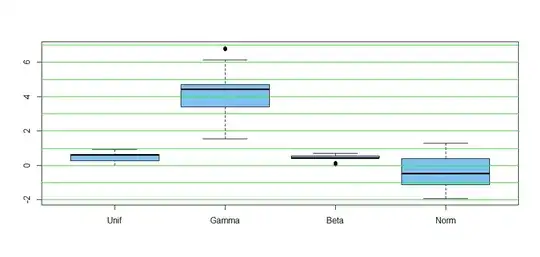Most examples in my Time Series Analysis slides and Multivariate Analysis textbook (Applied Multivariate Statistical Analysis, 6th Edition) conduct a hypothesis testing on data's normality, or zero correlation, or independence, or homogeneity of variance, or whatever, and readily assume these properties to be true on failure to reject the hypothesis. Actually, I am explicitly taught that a property holds if it cannot be rejected.
For example, in Example 6.14 (A profile analysis of love and marriage data) from the textbook AMSA, authors "conclude that the hypothesis of parallel profiles for men and women is tenable" when $H_0$ cannot be rejected. In addition, they also said "... we cannot reject the hypothesis that the profiles are coincident. That is, the responses of men and women to the four questions posed appear to be the same." Here is the whole example: P.325, P.326, P.327, P.328, where the quotes are from the bottom of P.327 and the top of P.328 respectively.
This seems ridiculous, as absence of evidence is not evidence of an absence. Even if $p = 1$, it's still circular reasoning, let along cases where $p$ isn't even remotely close to 1. Back when I was learning Mathematical Statistics, the professor would kick their ass if someone accept $H_0$ on failure to reject it, but the standard is clearly loosened a lot in upper division courses.
I just want to know is this practice a de facto procedure in intermediate Statistic courses like Time Series Analysis and Multivariate Analysis? If so, what the rationale?
